Natur
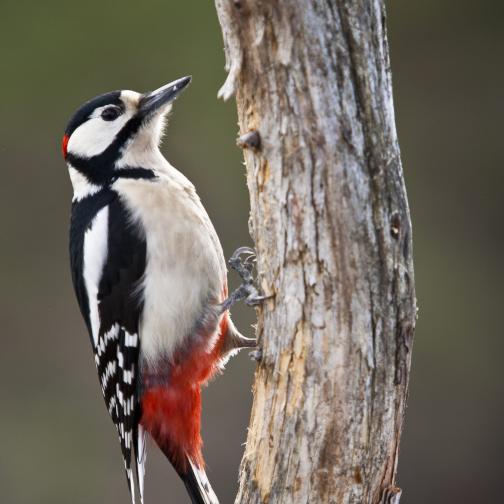
Birds and insects
In Ekebergparken there are more than 40 species of nesting birds: chaffinch, siskin, robin, fieldfare, blackbird, willow warbler and different tits. The woodpeckers make nests which are later adopted by other birds.
Eight out of ten terrestrial animals are insects. The insects are dependent on their natural habitats not degrading. Here in Ekebergparken all development is undertaken with respect for nature and life.
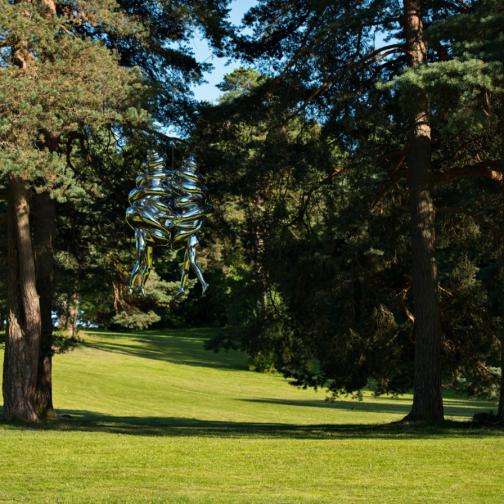
Farm and wild animals at Ekeberg
Mesteparten av Ekebergs naturområder er gammelt kulturlandskap, formet av jordbruksdrift, beite og hugst. I Ekebergskråningen beitet sauer, hester og kuer. Disse har preget området mer enn vi kan ane ved første øyekast.
Beitene er nærmest grodd igjen, men lysningene i skogen, som Havnehagen, Svenskesletta og Karlsborg er rester etter dem.
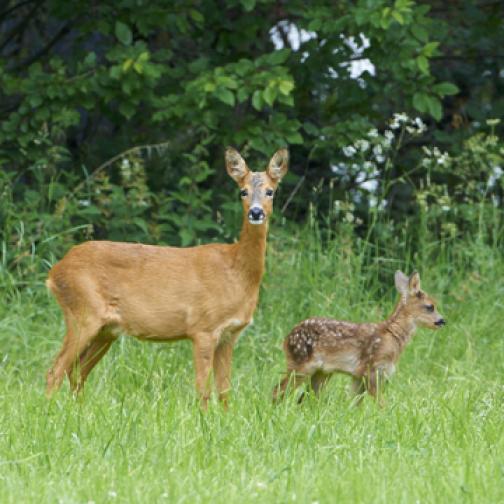
Roe deer and fawn
The old cultural and park landscape varies among clearings, dense woods, thickets and free-standing trees. Many kinds of wild animals thrive here. Under the trees, in the leaves, field voles and bank voles rustle about.
In the treetops squirrels jump among the branches. Hollow trees shelter bats during the daytime, which hunt insects at dusk in Havnehagen. At night the occasional fox passes through the woods. As day breaks, roe deer stand grazing in the morning dew.
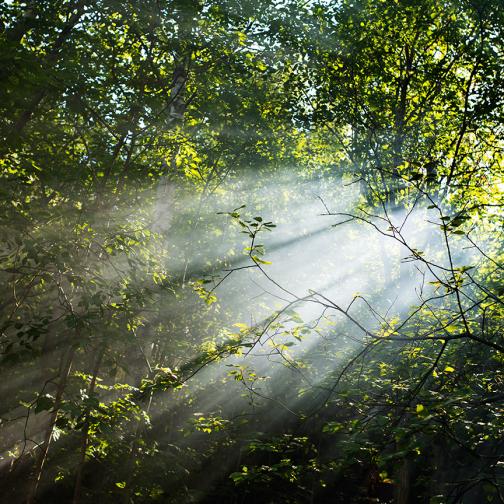
The Ekeberg forest
The name is Ekeberg, the oak mountain, but where are the oaks? Some are still here, but most probably disappeared during the Middle Ages, when oak was used in shipbuilding, and in the 1600s when oak was exported from Norway to England and Holland. There are still, however, many different types of trees in the Ekeberg forest. Here is both pine, ash, black alder, maple, sallow and fir.
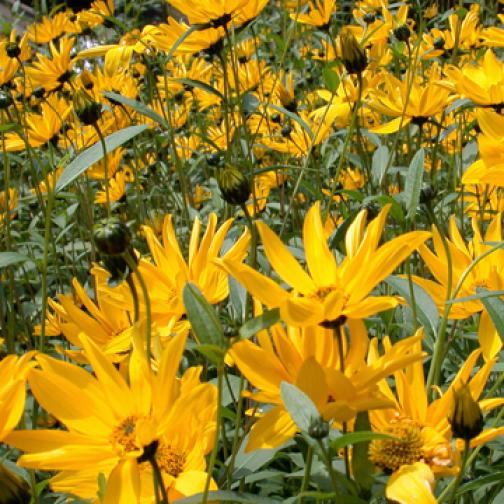
Wild plants, cultural plants and escaped garden plants
After the ice withdrew, the plants came, and animals and people assisted their dispersion. Later cultivation and grazing made Ekeberg into a cultural landscape. About half of the species of plant here have taken root due to human activity. Over the last 150 years we have also gotten garden plants. Ornamental shrubs and garden flowers don't mind fences.

Ekeberg's formation
Between Færder and Mjøsa 300 to 230 million years ago the crust of the earth ruptured into hundred kilometer long rifts. This has made the Oslo Graben one of the most interesting geological areas on earth. Since then ice ages, water, sand and wind have eroded the landscape so that the Ekeberg fault today only rises 130 meters above the Oslofjord.
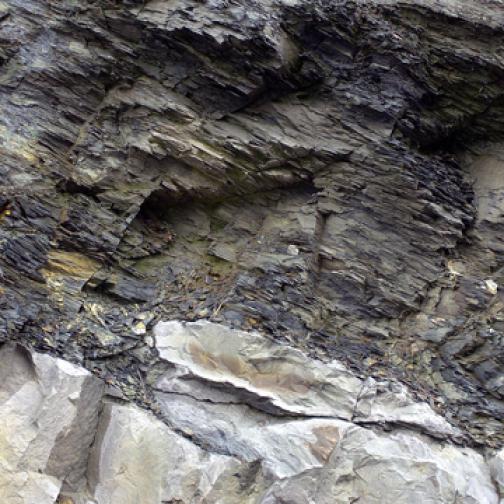
Exciting geology
The Ekeberg bedrock is 1.6 billion year old gneiss. Gneiss was used in buildings in Oslo in the Middle Ages. Limestone, formed by shells on the bottom of the sea, was also used in buildings. There is a limestone field stretching from Galgeberg to Ekebergskrenten. During the rupturing and volcano eruptions magma remained in closed tunnels and crevices without reaching the surface. Diabase is a type of rock which did not see the light of the day until the mountain above disappeared. In the Stone Age diabase was used for axes and picks.
